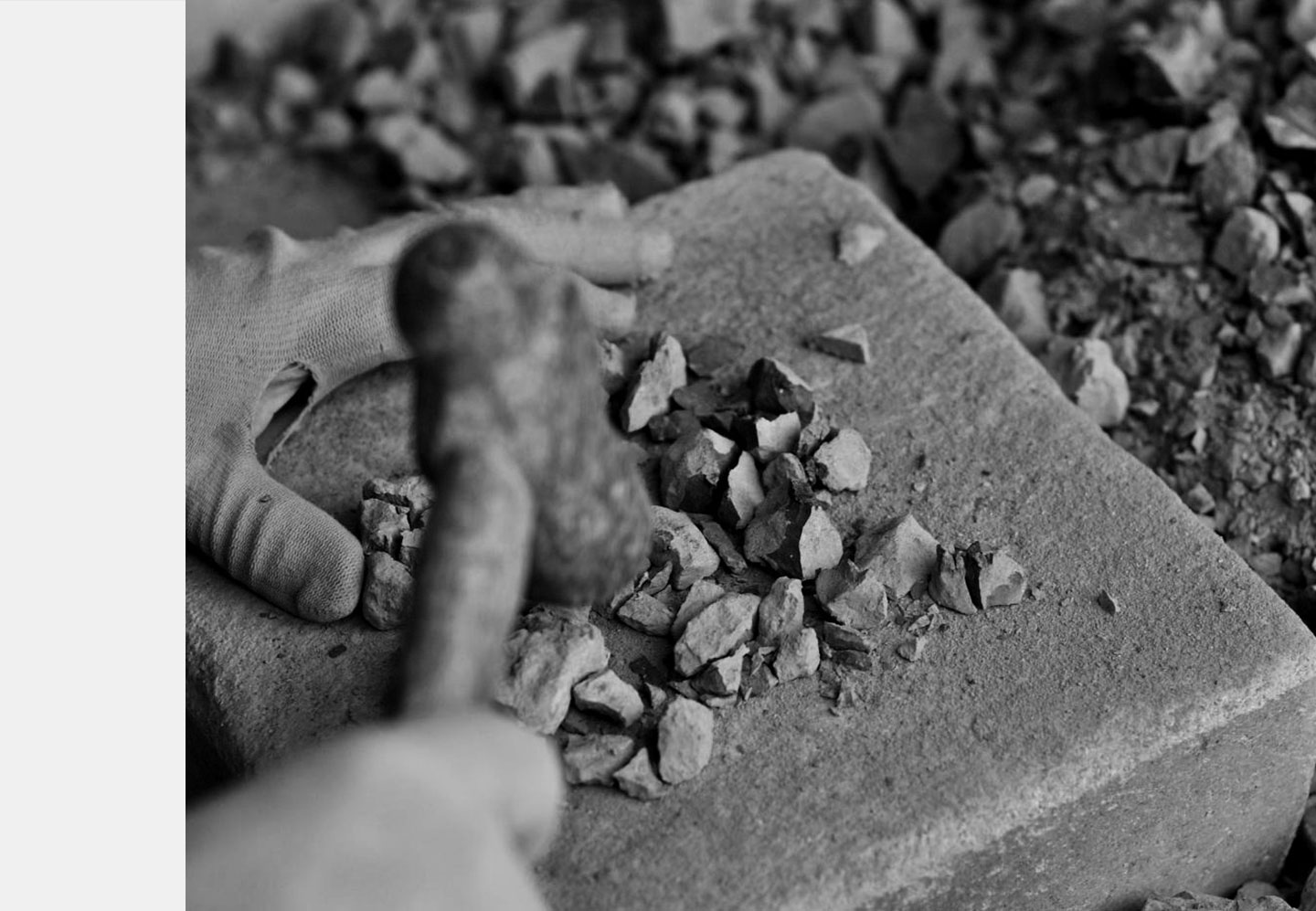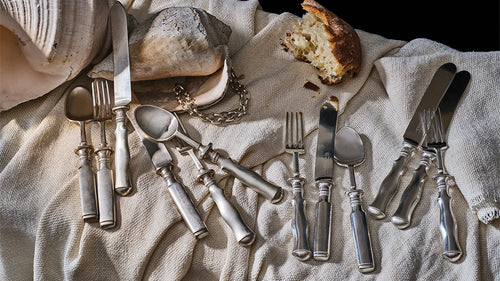Hitoshi Morimoto is a third generation Bizen ceramist whose modern works are inspired by the silhouettes of ancient traditions. The Japanese ceramist who studied sculpture at Tokyo Zokei University, is deeply connected to his craft. His spirit, dedication, and historical nods to the great tradition of Bizen can be seen throughout all of his works, each of which take up to two years to complete.
Visually, these minimalistic Bizen pieces are informed by traditional Japanese ceramics which are then modernized by Morimoto. They are brought to life in an ancient kiln, one of six in the entire country of Japan. Bizen, is a style of ceramics, and an extremely rare form of clay due to the unique soil in the region. It is recognized as an official Japanese heritage.
“I get most of the inspiration for my work from daily life. The changing of the seasons around my atelier, the budding foliage in spring and the frost in winter, a variety of plants and insects, all the signs of nature.The beautiful shadows seen over the course of a day, the time spent eating meals and enjoying teatime. Each one of these things is essential to me. Transforming these things into pieces through the filter of myself is my creation.”


Bizen is known for its simplistic, unglazed, ‘wabi-sabi’ look, and intense processing time. The clay must be dried for up to two years prior to use, ensuring all excessive iron contents have washed away. Morimoto then prepares each piece of clay for several months prior to throwing on the wheel. First dried clay is broken into lumps, then soaked in water, and kneaded to the correct consistency. Then pieces are thrown.


Morimoto who has spent decades learning various forms of Japanese ceramics became a master of Bizen experimentation. The color and ‘glaze’ of each piece is the result of unique firings. Bizen works must be fired for up to fourteen days continuously, non-stop, day and night, from various angles. The result is an extremely hard and durable ceramic.


It takes two days alone to warm the kiln. With placement of each item inside the kiln having a great effect on the outcome of the works. Varying combinations of where ash lands, the strength and direction of the flame, and inclusions of wrapping objects in straw all naturally ‘paint’ the surfaces of Morimoto’s works. The kiln must then cool for a week.

Opening the kiln is akin to opening a gift, Morimoto dusts off the ash, removes charred straw and polishes each piece to reveal its fire made markings. The results are glowing oranges, deep browns, and soft patterns, naturally painted across all of Morimoto’s forms.


Hitoshi Morimoto’s experiments with Bizen clay encouraged him to control and learn more. His forms painted by the earth in natural hues are contrasted by pure white vessels that encompass the naturalness of clean clay. ‘Shirahana’ meaning white flower, is Morimoto’s process of firing Bizen clay inside a Kerosene oven. This process removes all ash and flame variants to create an unglazed object that embraces the organic.
These handmade, vessels are exclusively available through Roman and Williams Guild and made to last a lifetime. This emphasis on history, tradition, time, and appreciation for nature can be seen in Subtle Revolution…Shapes in Sand , vessels by Hitoshi Morimoto. The colors of earth are highlighted in each form, preserving nature.
Let these objects grow into your space.













